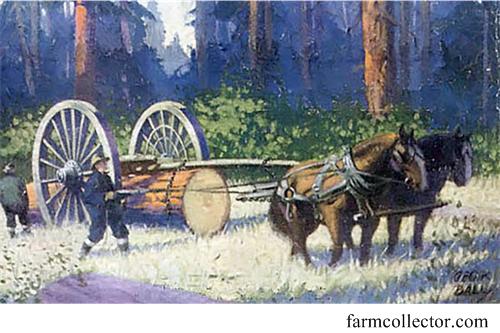 Here is another problem (slightly edited) from the Sherlock Holmes puzzle book by Dr. Watson (aka Tim Dedopulos).
Here is another problem (slightly edited) from the Sherlock Holmes puzzle book by Dr. Watson (aka Tim Dedopulos).
“Holmes and I were walking along a sleepy lane in Hookland, making our way back to the inn at which we had secured lodgings after scouting out the estates of the supposed major, C. L. Nolan. Up ahead, a team of horses were slowly pulling a chained tree trunk along the lane. Fortunately it had been trimmed of its branches, but it was still an imposing sight.
When we’d overtaken the thing, Holmes surprised me by turning sharply on his heel and walking back along the trunk. I stopped where I was to watch him. He continued at a steady pace until he’d passed the last of it, then reversed himself once more, and walked back to me.
‘Come along, old chap,’ he said as he walked past. Shaking my head, I duly followed.
‘It took me 140 paces to walk from the back of the tree to the front, and just twenty to walk from the front to the back,’ he declared.
‘Well of course,’ I said. ‘The tree was moving, after all.’
‘Precisely,’ he said. ‘My pace is one yard in length, so how long is that tree-trunk?’
Can you find the answer?”
See the Tree Trunk Puzzle for solutions.

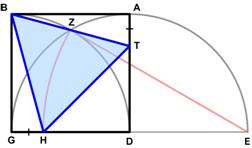 I found an interesting geometric statement in a paper of Glen Van Brummelen cited in the online MAA January 2020 issue of
I found an interesting geometric statement in a paper of Glen Van Brummelen cited in the online MAA January 2020 issue of 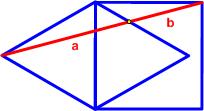 This turned out to be a challenging geometric problem from
This turned out to be a challenging geometric problem from 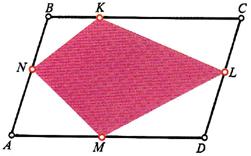 Here is another problem from the Quantum magazine, only this time from the “Challenges” section (these are expected to be a bit more difficult than the Brainteasers).
Here is another problem from the Quantum magazine, only this time from the “Challenges” section (these are expected to be a bit more difficult than the Brainteasers).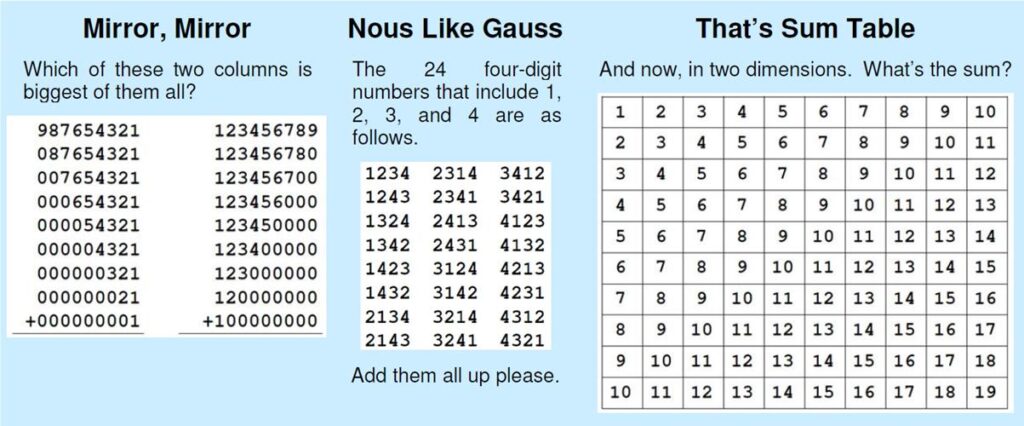
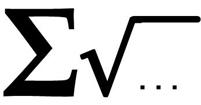 The craziness of manipulating radicals strikes again. This 2006 four-star problem from Colin Hughes at Maths Challenge is really astonishing, though it takes the right key to unlock it.
The craziness of manipulating radicals strikes again. This 2006 four-star problem from Colin Hughes at Maths Challenge is really astonishing, though it takes the right key to unlock it.
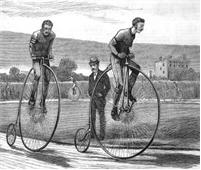 Again we have a puzzle from the Sherlock Holmes puzzle book by Dr. Watson (aka Tim Dedopulos).
Again we have a puzzle from the Sherlock Holmes puzzle book by Dr. Watson (aka Tim Dedopulos).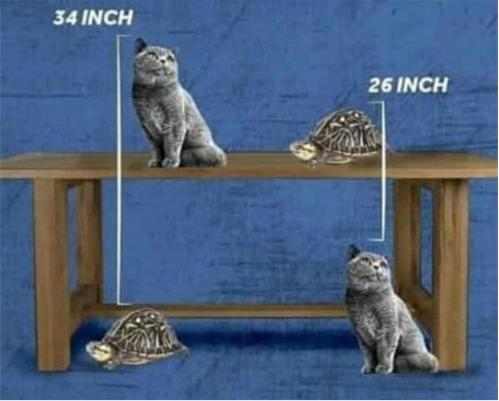 This is a cute little problem I came across via
This is a cute little problem I came across via 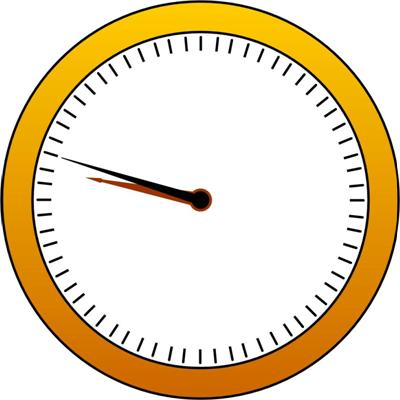 This is a nice variation on the typical clock problem posed by
This is a nice variation on the typical clock problem posed by 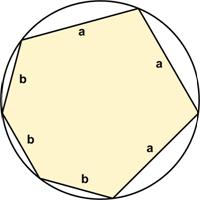 Here is another good problem from Five Hundred Mathematical Challenges:
Here is another good problem from Five Hundred Mathematical Challenges: